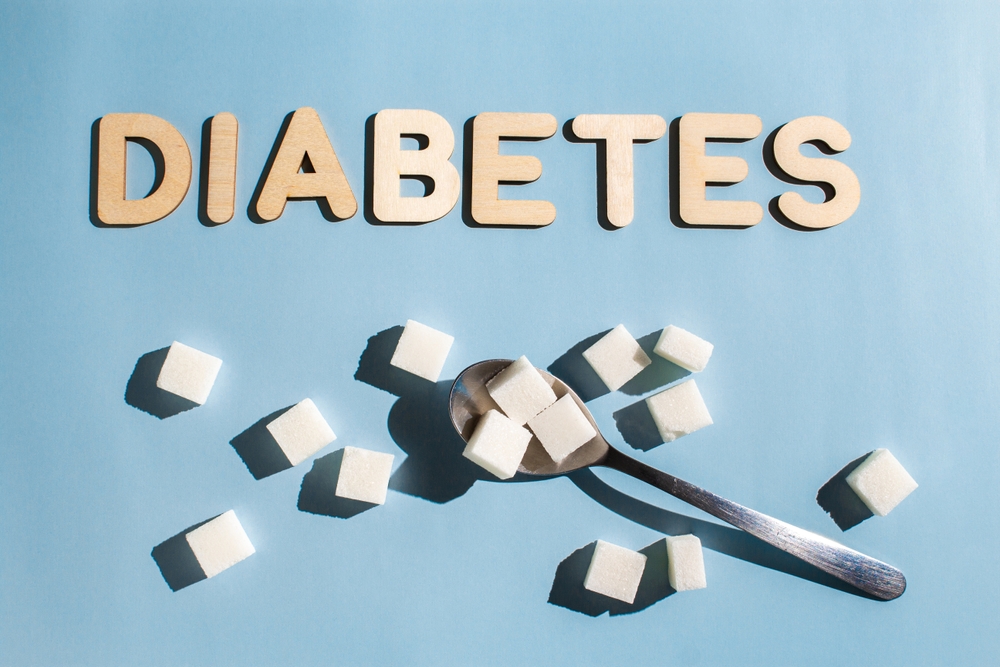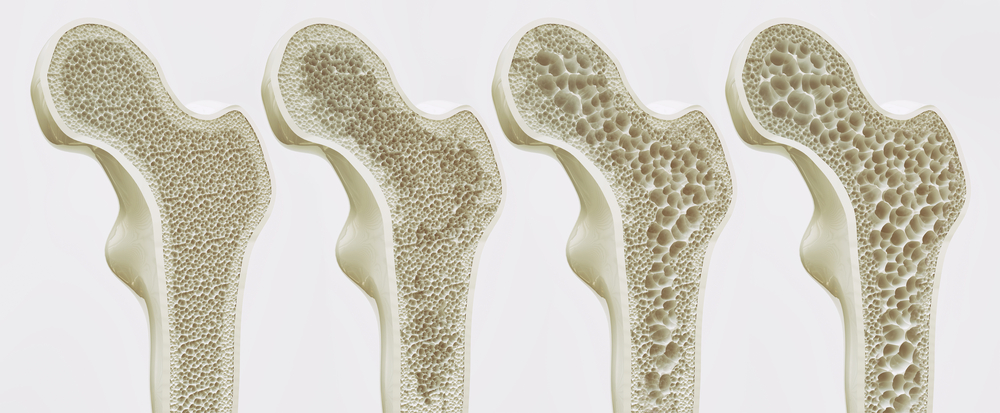Development, generation time, lifespan, and lifestyle are affected by time-measuring devices, which all living organisms have. Aging is a mix of genetic and environmental factors. Exogenous factors, which come from outside the cell and endogenous factors, which come from inside the cell, are sources of cell damage. Exogenous factors include UV light, chemicals, and ionizing radiation, while reactive oxygen species and DNA replication errors are endogenous factors. The rate of cell damage and repair affect the rate of aging.
The body is composed of trillions of cells that are constantly undergoing cell division, which is when a parent cell divides into two daughter cells. When this occurs, each cell makes a copy of its DNA through DNA replication. DNA is tightly packed into chromosomes, of which humans typically have 23 pairs.
DNA polymerase is an enzyme that catalyzes the synthesis of DNA molecules from nucleoside triphosphates. However, this enzyme makes a mistake every 1 million base pairs, and if not corrected, can have serious consequences such as cancer.
At the end of each replication round, the newly synthesized DNA strand starts to decrease in length because the DNA at the end of the chromosome cannot be replicated. To protect against important information getting missed, DNA has telomeres, which are short, repeated sequences of nucleobases, at the end of chromosomes. Telomerase is the enzyme that restores the length of the telomeres, but it does not prevent shortening. There is a fixed number of sequences in telomeres. On average, human cells replicate between 60 to 70 times before they reach their Hayflick limit. This is the number of times that a cell can divide before cell division stops. When the cell reaches the final sequence, cell senescence, which is irreversible cell cycle arrest, will occur.
The Boom Health app helps families manage the care of aging loved ones all in one place. Check out the app on the App Store or Google Play Store.
This article is not intended to be a substitute for professional medical advice or diagnosis. Always seek the advice of your physician or other qualified health provider with any questions you may have regarding a medical condition.





